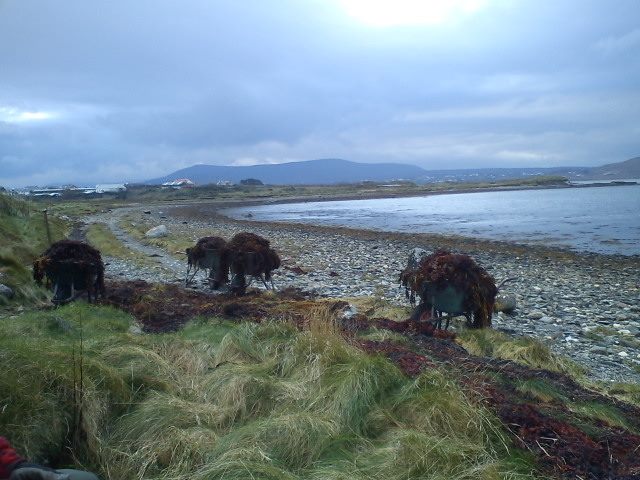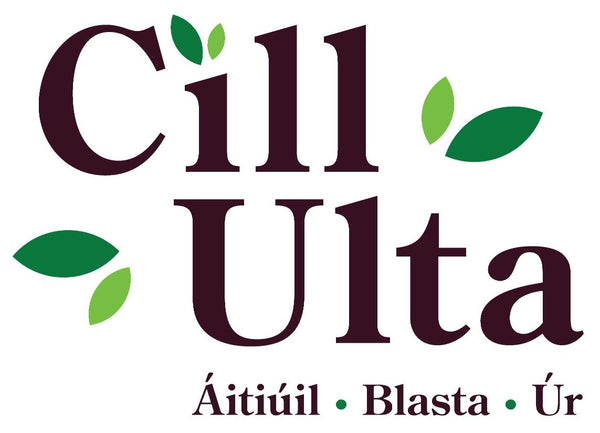
Seaweed
Share
Seaweed has been used a fertiliser for hundreds of years by coastal communities.
On the rough limestone ground of the Aran Islands, and other barren rocky shoreline areas of Ireland and Scotland, sand and seaweed were brought from the coast and successfully combined to create a surface layer in which abundant crops could be grown. The use of seaweed as a fertiliser declined in Ireland from the 1960s with the increasing availability of cheap and easily handled artificial fertilisers. However, the use of seaweed continued in some remote coastal areas.

With the growing popularity and appreciation of organic methods, the amazing properties of seaweed are receiving renewed attention from gardeners and horticulturalists. Seaweed is an excellent source of nutrients for the soil and an aid to plant growth and health. It helps to prevent frost damage and deters slugs, harmful bacteria, worms and fungi.
Seaweed should not be cut from the rocks. Instead for the purposes of conservation and to make the job easier for yourself it is best to gather drift seaweed from the shoreline where it is deposited by the receding tide. The ideal time to go collecting is after a major storm when fresh seaweed is likely to have been washed up. As the seaweed can be wet, slimey and often stinks quite a bit it’s best to gather it with a garden fork.
Once gathered it should be spread out thinly where it can rinse for a couple of days in the rain to reduce excess salt. Any remaining amounts of salt should not cause problems. It is likely to smell quite a bit as it rots down, particularly if it is piled up and left for a long period of time. Chopping up the seaweed with a sharp spade will speed up the break down and release of nutrients.
It can be used directly by digging in. Seaweed helps to bind the soil aiding the retention of moisture and nutrients. This is ideal for loose sandy soils or raised beds which tend to dry out quickly. It is not recommended for heavy soils where it may cause clogging. Potatoes are an ideal crop to plant in seaweed enriched soil as they soak up the plentiful nutrients loosening and breaking up the soil as they grow. Another option for planting are beets and brassicas which are also quite hardy and benefit from the richly fertilized ground.

Seaweed may also be applied as a mulch around plants where it will slowly release its nutrients into the soil and also act as a barrier against weeds, slugs and snails. It can be added to the compost heap where it functions as an activator; speeding up the bacterial break down of other organic material, whilst adding it’s own rich nutrients to the mix. It can be left to soak in a container of fresh water, ideally with a lid on top to keep the smell down. The “tea” produced should be diluted down about 1:50 and used as a liquid feed or foliar spray.
In addition to the use of drift seaweed harvested from the nearby shoreline we also use organic seaweed dust at Killult to give the soil a quick boost between quick crop rotations. Organic Seaweed Dust is available for sale from the Glasshouses in large bags or you can buy smaller amounts in a bucket.
